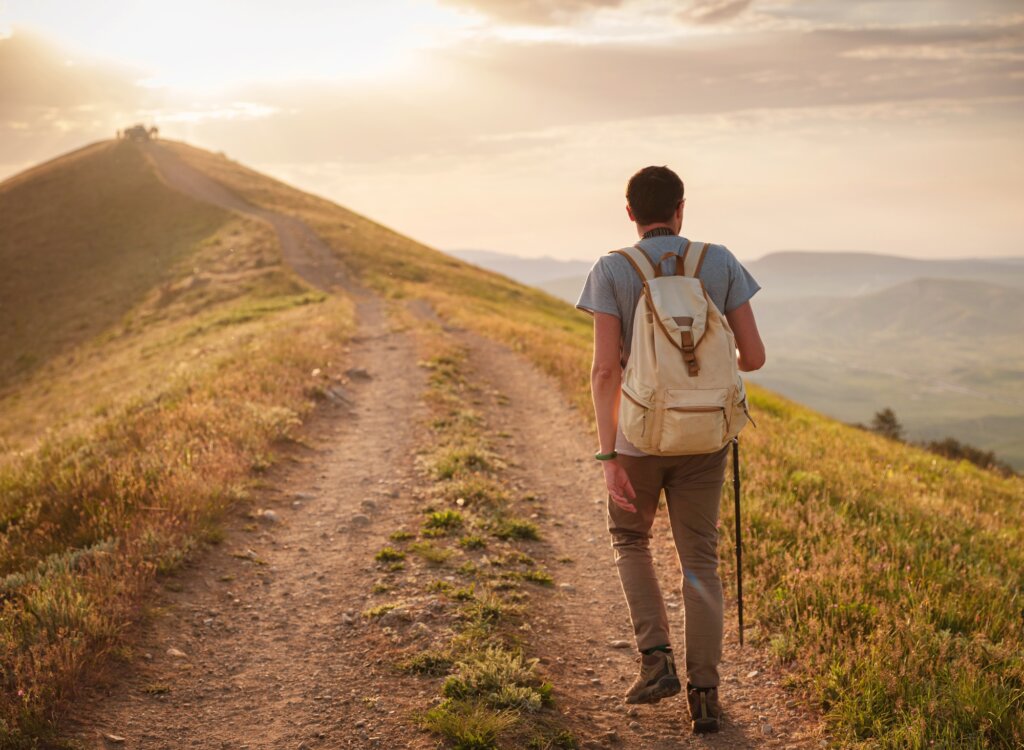What is Slow Travel, Really?
In 2025, the travel landscape is no longer about ticking off as many destinations as possible. Instead, a growing movement is embracing slow travel — a mindset that values depth over distance, presence over pace, and authenticity over aesthetics. Think of it as a gap year reimagined — not just for students exploring the world before university, but for adults of all ages, backgrounds, and professions who want meaningful experiences rather than rushed itineraries.
Slow travel means:
- Staying longer in one place (weeks, not days)
- Walking, cycling, or using trains instead of flying
- Shopping at local markets and eating regional cuisine
- Forming real relationships with locals
- Experiencing a place like a temporary resident, not a tourist
It’s about slowing down to really see, feel, and understand a place — and in a hyper-connected, fast-paced world, that’s a radical (and welcome) shift.
Why the Shift Toward Slower Travel?
🌱 1. Conscious, Sustainable Travel Choices
Sustainability is now a top priority for travellers. Research by Booking.com found that 74% of global travellers want more sustainable travel options, and 43% already avoid over-touristed destinations.
Slow travel inherently aligns with eco-conscious values:
- Fewer flights = lower carbon footprint
- Longer stays = deeper engagement with local economies
- Public transport and walking = environmentally friendly choices
- Less waste = fewer one-time purchases, more reusables
It supports local businesses, reduces strain on infrastructure, and helps preserve the cultural and environmental integrity of destinations.
🧠 2. Better for Mental Health
Travel burnout is real — especially when it’s crammed into 7-day windows. Slow travel has been shown to support emotional wellbeing:
- A 2023 study by Cornell University found that longer stays correlate with higher happiness and post-trip satisfaction.
- Psychologist Dr. Laurie Santos (of Yale’s Happiness Course) explains that the anticipation and memory-building of meaningful experiences creates longer-lasting joy than material purchases.
- More time = deeper rest, better sleep, more mindfulness.
Unlike traditional holidays where stress levels only begin to drop after Day 3, slow travel offers restorative, mindful pacing from start to finish.
💷 3. It Can Be More Affordable
While slow travel may seem indulgent, it can actually cost less per day than conventional tourism.
- Monthly stays often come with reduced accommodation rates.
- Cooking meals at home cuts down restaurant costs.
- Walking and biking mean you spend less on transport.
- Fewer destinations = fewer transfers, taxis, and tickets.
With cost of living pressures high across the UK, this approach allows for deeper experiences without draining budgets.
Who’s Embracing Slow Travel in 2025?
This lifestyle is no longer reserved for backpackers. Today’s slow travelers include:
- Millennials and Gen Zs blending work and travel, taking “career breaks” or using remote jobs to fund long-term travel.
- Mid-career professionals taking sabbaticals or changing careers post-pandemic.
- Parents with young kids choosing slow travel for immersive, educational family adventures.
- Retirees who now prefer less stressful, destination-deep travel over cruises or multi-city tours.
📊 In fact:
- A survey by Skyscanner revealed that 42% of UK travellers in 2024 preferred fewer trips that lasted longer.
- Airbnb data shows an increase in 28+ day stays by over 30% compared to 2022.
- “Slow travel” is now a top 10 search term in travel-related content, with Google Trends showing an 80% increase since 2021.
Where Are People Going for Slow Travel?
Popular slow travel hotspots in 2025 include:
Italy
Regions like Umbria, Sicily, and Puglia offer local food, historic towns, and train links. Many Brits are choosing 3–4 week stays in restored farmhouses or city apartments.
Spain
Northern Spain’s Basque Country and Galicia are slower, cooler alternatives to Madrid and Barcelona. Digital nomads are flocking to cities like Valencia and Malaga for longer, livable stints.
France
From Provence to the Loire Valley, France offers timeless slow-living appeal. Travelers rent cottages, attend markets, and take up cooking or pottery classes.
Portugal
Lisbon and Porto are now popular long-stay hubs, but smaller cities like Braga, Évora and Coimbra are attracting slow travellers for their affordability and authenticity.
Within the UK
With domestic travel seeing a boom, slow travel across Scotland’s Highlands, Cornwall’s coast, and Wales’ national parks is rising fast — especially among families and retirees.
What Makes Slow Travel Different from Long Travel?
Slow travel isn’t just about duration — it’s about intention.
| Long-Term Travel | Slow Travel |
|---|---|
| Often focused on seeing a lot | Focused on immersing in a little |
| Might still move quickly | Prioritises staying put |
| Can feel rushed or unstable | Encourages stability and rhythm |
| May skip cultural connection | Actively seeks local interaction |
It’s a shift from tourism to temporary citizenship — even if it’s just for a few weeks.
How to Plan a Slow Travel Experience
Here’s how to begin crafting a trip that isn’t about speed — but substance:
1. Start Small
Try a 2-week stay in one town instead of hopping through three cities. Focus on living, not sightseeing.
2. Choose a Purpose
Cooking? Language learning? Outdoor hiking? Root your trip in why, not where.
3. Book Flexible, Home-Style Stays
Use platforms that support monthly rates and offer full kitchens, laundry, and workspace. (This is where Nezt shines — long-stay housing that feels like home.)
4. Join Local Life
Attend markets, volunteer, take classes, use Meetup or Couchsurfing for community activities.
5. Rely Less on Itineraries
Wake up and let the day guide you. Replace checklists with curiosity.
Common Slow Travel Challenges & How to Overcome Them
- Fear of missing out: Reframe it as gaining depth, not losing breadth.
- Planning uncertainty: Use flexible booking platforms with cancel options.
- Work constraints: Use remote weeks or holiday allowance strategically.
- Budget limits: Longer trips spread fixed costs like flights over more days, often resulting in better ROI per day.
Slow Travel as a Lifestyle — Not Just a Trip
What starts as a travel trend often becomes a new way of living. Many slow travellers report:
- Improved mental health
- Better financial habits
- Clearer career goals
- More empathy and openness to other cultures
- A redefinition of what “success” and “productivity” actually mean
In a world built for speed, slow travel is your permission slip to pause.
Nezt’s Role in Supporting Slow Travel
At Nezt, we understand the modern travel mindset — and we’re here to support it.
Whether you’re spending a month working from the Scottish Highlands, relocating with your family for a summer in Yorkshire, or settling into a quiet coastal town in Devon, our long-stay and group housing options make slower living possible — with comfort, flexibility, and no rush to check out.
Let your next journey unfold, one slow day at a time.



